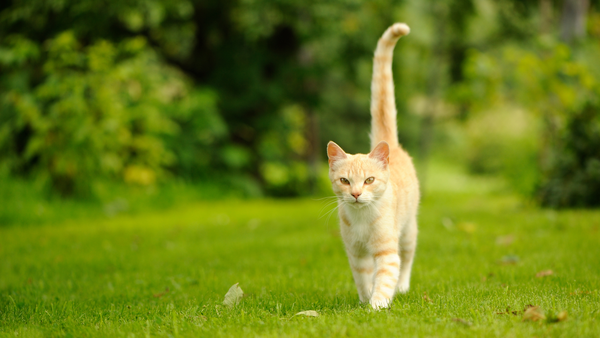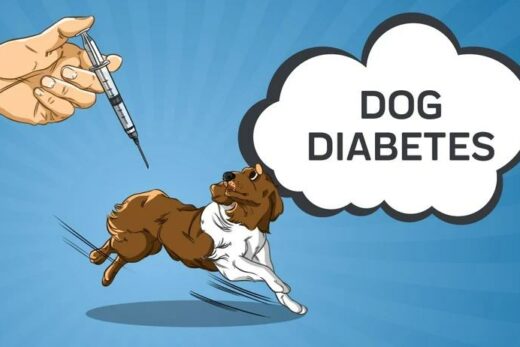
Your cat has a language all his own – cat tail language! But with a little bit of time to learn and a little bit of effort, you easily can decode it. Cat tail meanings can give you insight into your cat’s needs and thoughts, giving you the ability to meet his needs faster and with less confusion.
Your furry friend has several ways of talking with you! Cat tail signals are one, but there are many others.
Your cat’s face is the first place to take your cues. If he blinks his eyes and his ears are pointed, he is feeling receptive to contact. If he looks away constantly, especially combined with licking his lips or flattening his ears, he is feeling threatened.
Vocalization is also a method your cat uses to convey his thoughts. Purring, for instance, is often taken as a sign of a contented cat, but it can also mean he does not feel well.
Growling, hissing, or snarling are universal signs of attack. Your cat makes these types of noises when he is threatened and feeling the need to defend himself.
As a point of interest, cats meow much more frequently in their conversations with humans than they do with other animals. It is a noise developed exclusively to get your attention!
Body language can help you decipher your cat’s code, too! If his back is arched and he is laying low, your kitty is in fierce attack mode and may be facing a prey (or maybe even a predator).
Rubbing his head against something- you, your furniture, or his toys- can be a sign of affection. It also deposits pheromones and marks his territory. Urine can accomplish the same effect.
Cat tail signals are another way your cat ‘chats’ with you.
Paying close attention to cat tail meanings will help you form a more meaningful relationship with your pet. They are easy to spot, and you will never again be left wondering “why do cats wag their tails anyway?”
If your cat is prancing around with his head and his tail held high, he feels happy and confident in his space. He is master of his dominion. If you notice a small twitch in the tip of an outstretched tail, he is particularly happy.
If your kitty has his tail tucked underneath him, he needs a little extra encouragement: he is feeling nervous and anxious. You can help him by providing him with a cat tree full of small dark spaces to hide. Distractions like playing games and grooming him, or just snuggling up and stroking his head, can make a huge difference in an anxious cat.
If your cat’s tail is puffed up (like a cattail plant in a swamp, named for real-life cat tail signs) he is displaying his fear. The fur on his entire body may rise (piloerection) when he is attempting to convince a predator he is bigger than he really is. The adrenaline makes his muscles contract and his hair straightened away from the body. This is often referred to as having his hackles up.





